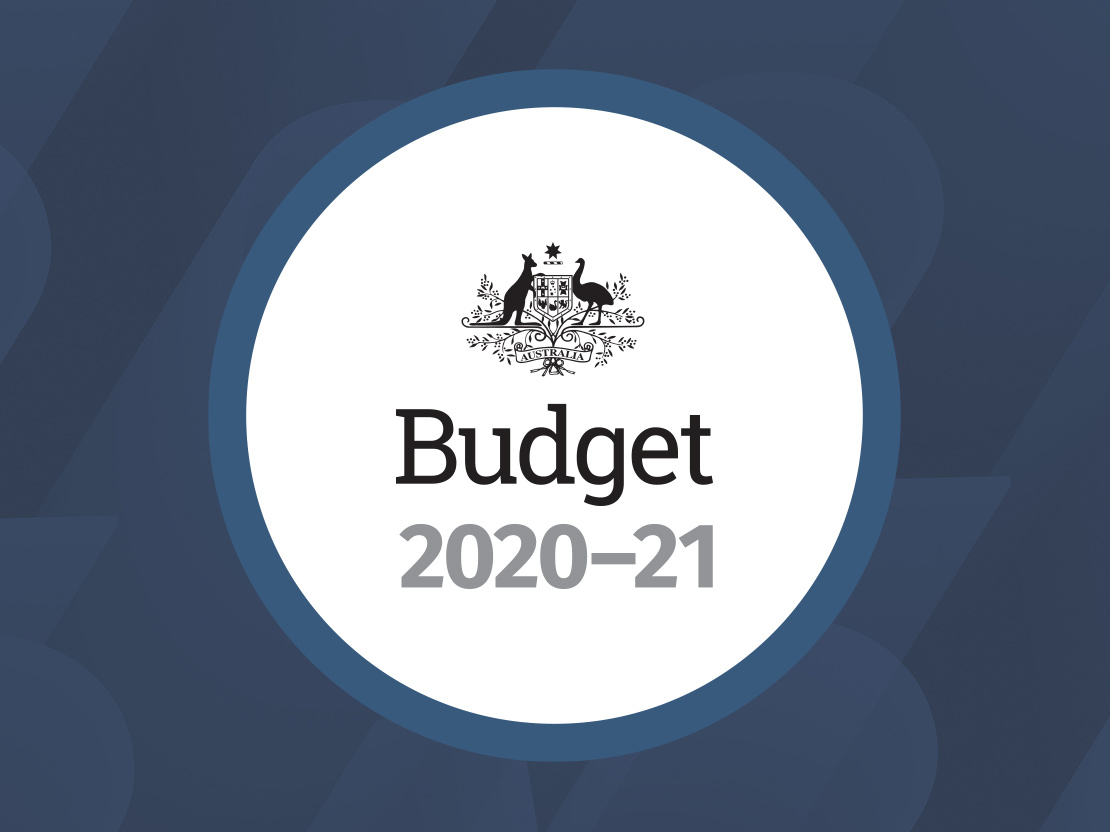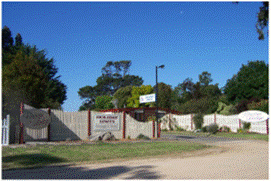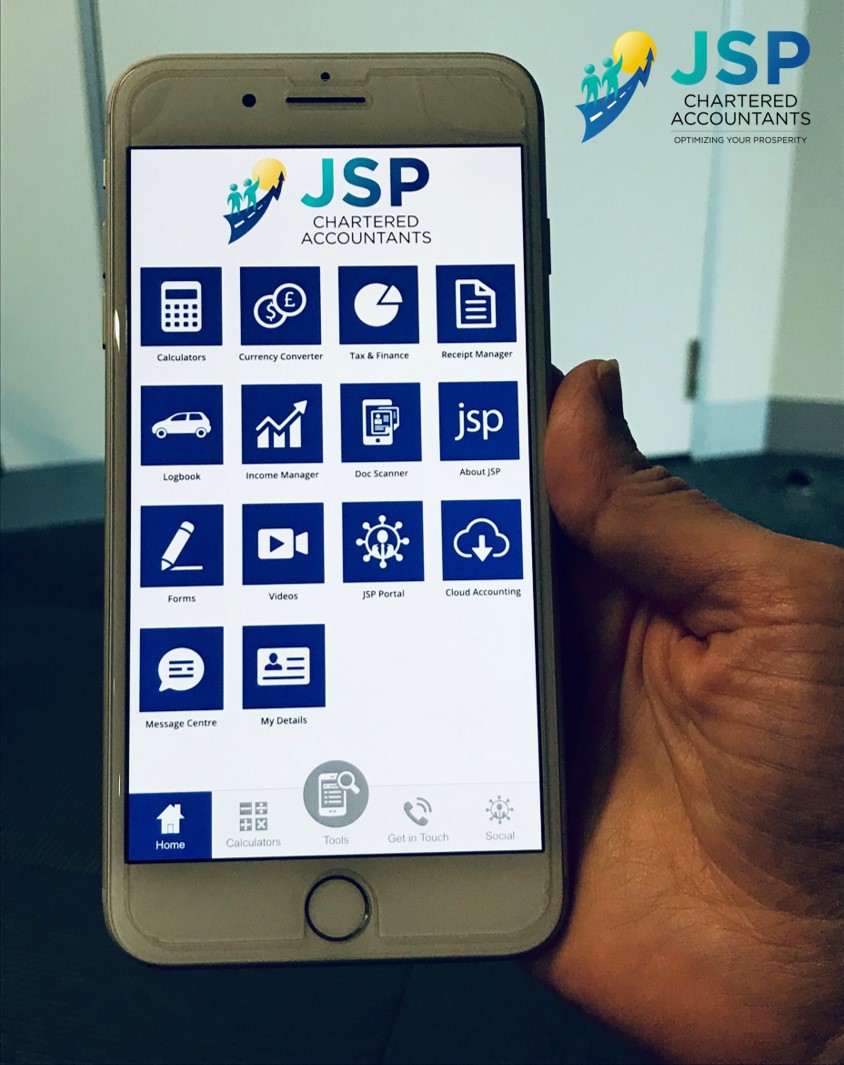 Don’t confuse MPI with LMI
Don’t confuse MPI with LMI
Both LMI and MPI are types of home loan insurance, however they serve a different purpose. Some borrowers get confused when it comes to understanding what both of these terms mean.
Mortgage Protection Insurance (MPI) is comparable to life insurance in that it protects the borrower in the event that they are unable to meet the mortgage repayments. MPI is not a requirement when it comes to applying for a home loan.
Some borrowers mistake Lenders mortgage Insurance (LMI) for MPI and think they are covered in the event of death, sickness, disability or unemployment, but this is not the case. LMI has a purpose for protecting the lender if a borrower defaults on their home loan. In some cases, it is a requirement for borrowers to pay lenders mortgage insurance when they take out a home loan. If you wish to borrow more than 80% of the property’s purchase price, then in most cases you will be required to pay LMI, and the higher the loan amount, the higher the LMI fee.
Mortgage Protection Income can provide borrowers with peace of mind and security, so paying for MPI may be advisable but it is still your choice. However, it is possible to avoid paying Lenders Mortgage Insurance, you can either:
- Save a deposit or have equity which equals to 20% or more of the property purchase price (plus extra costs such as stamp duty and solicitors fees)
- Have someone be a security guarantor. This is when someone offers their property as additional security for the loan
Although LMI can cost borrowers extra, it can be a good thing in some cases as it allows borrowers with less than 20% deposit the opportunity to purchase a property. Many borrowers, especially first home buyers, are unable to save a large deposit and LMI gives them a chance to get their foot in the property door sooner rather than later. There is a lot of home loan jargon that borrowers have to wrap their heads around, so before you apply for a home loan, make sure you have a good understanding of how LMI and MPI differ.






